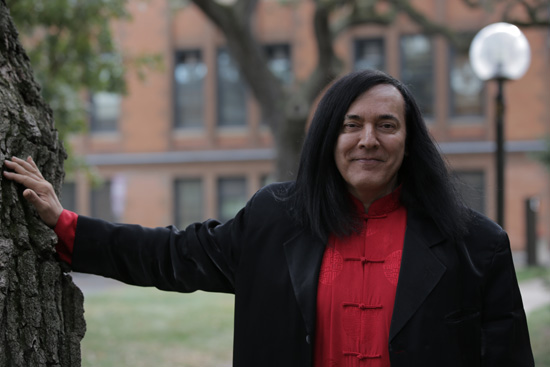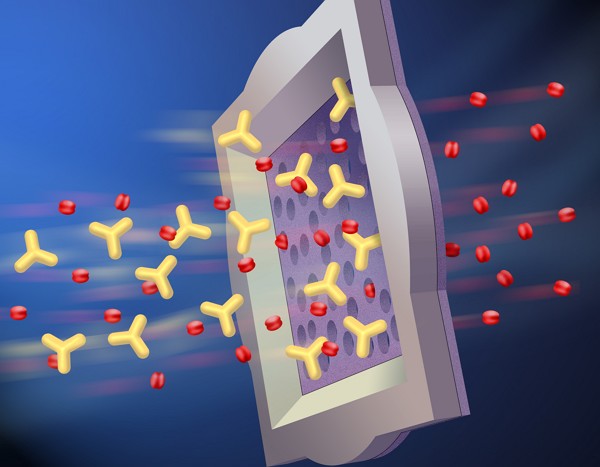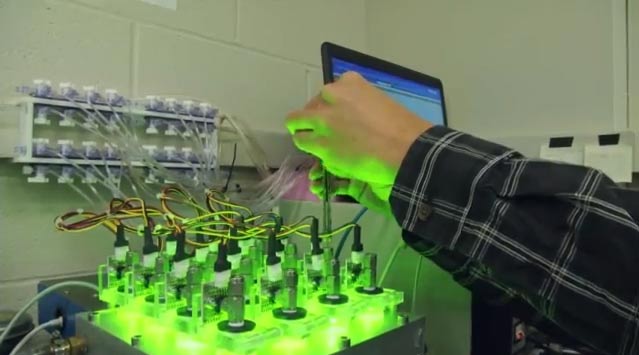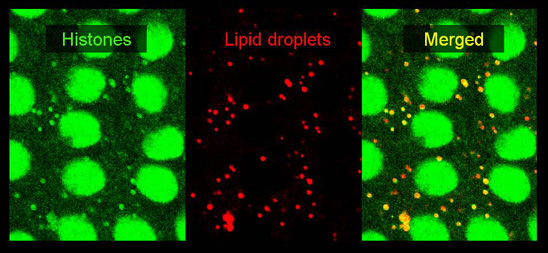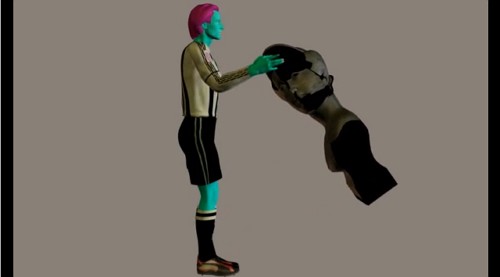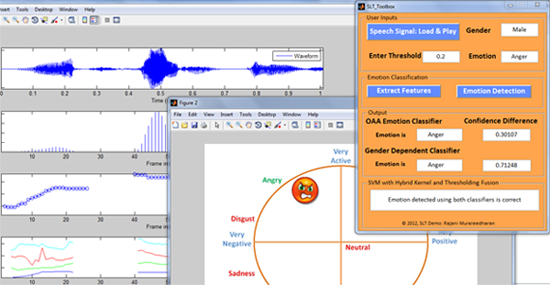
Science & Technology
Smartphones: the New Mood Ring?
December 4, 2012
If you think having your phone identify the nearest bus stop is cool, wait until it identifies your mood. Rochester engineers are developing a new computer program that gauges human feelings through speech, with substantially greater accuracy than existing approaches.



